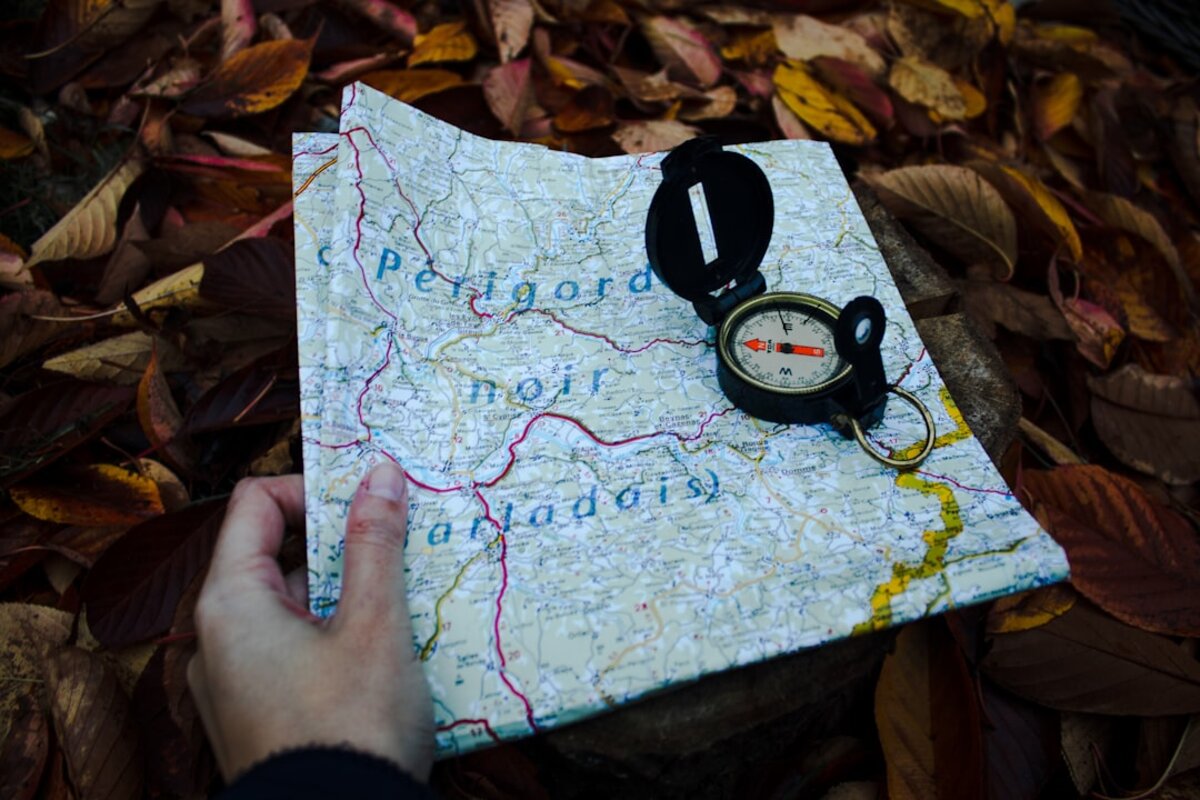While GPS technology and digital mapping tools have revolutionized training, the fundamental skills of map reading and compass navigation remain the cornerstone of orienteering success. These timeless techniques form the foundation upon which all advanced strategies are built.
The Art of Map Reading
Successful orienteers develop an intuitive relationship with topographic maps. This goes beyond simply identifying features — it involves understanding terrain characteristics, recognizing subtle elevation changes, and predicting how the landscape will affect movement speed.
The most effective map readers can process multiple pieces of information simultaneously: contour lines, vegetation boundaries, rock features, and water sources all contribute to navigation decisions.
Compass as Your Guide
A compass isn’t just a direction-finding tool; it’s your constant companion for maintaining orientation. The most successful orienteers use their compass continuously, not just at control points or when lost.
Proper compass technique involves:
- Taking accurate bearings
- Following handrails effectively
- Using attack points strategically
- Maintaining orientation during complex route choices
Mental Mapping
Elite orienteers develop the ability to create and maintain a mental map of their surroundings. This skill allows them to navigate confidently even when the physical map isn’t immediately visible.
This mental mapping ability develops through practice and experience, but can be accelerated through specific training exercises that focus on spatial awareness and memory.
Technology as Enhancement, Not Replacement
Modern GPS devices and digital mapping tools should enhance fundamental skills, not replace them. The most successful athletes use technology to analyze performance and identify areas for improvement, while maintaining their core navigation abilities.
For comprehensive information on orienteering techniques and international standards, visit the International Orienteering Federation website, which provides detailed resources for athletes at all levels.
The athletes who consistently perform at the highest levels are those who have mastered these fundamentals while adapting to new technologies. In orienteering, as in many sports, the basics never go out of style.
